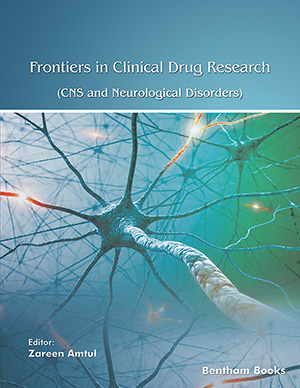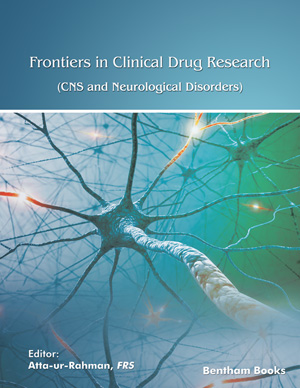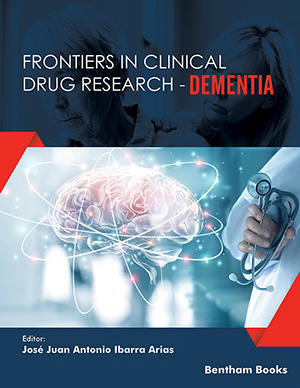Abstract
The inhibitory neurotransmitter 4-aminobutanoic acid (GABA) is one of the most widespread transmitters in the mammalian brain, that regulates synaptic trans-mission and inhibits neuronal activity. Its actions are mediated by three types of recep-tors which are classified into ionotropic GABAA C receptors and G-protein-coupled metabotropic GABAB receptors. Activation of bicuculline-insensitive GABAB receptors reduces transmission at excitatory and inhibitory synapses, as a result of an increase in K+ conductance, or a decrease in voltage-dependent Ca 2+ currents. Some 30 years ago, baclofen was introduced into clinical practice for the treatment of spasticity associated with brain and spinal cord injuries, cerebral palsy, multiple sclerosis, tetanus, as well as dystonia. It remains to this date the classical prototypical agonist for GABAB receptors in experimental studies. Recently, remarkable progress has been achieved with the development of other more potent and selective agonists for GABAB receptors, which exert less tolerance than baclofen itself, reducing much of the known side-effects. The next significant progress came with the synthesis of high affinity antagonists that has enabled the initial expression cloning of the GABAB receptor at its most fundamental level, with the discovery of the amino acid sequences of GABAB R1a R1b splice variants, followed soon after by the characterization of a second class of receptors, the GABAB R2 receptors. This quantum leap in cloning studies can thus be attributed primarily to the availability of GABAB receptor antagonist ligands of strikingly high potencies. Once cloned, such new information on GABAB receptor molecular structure has become of paramount importance in light of the plethora of potential therapeutic drug targets that have emerged in areas such as drug addiction, nociception, cognition and absence seizures. The purpose of the present review is to address and highlight the remarkable advances on the development of a variety of novel and interesting compounds active at GABAB receptor sites.
Keywords: GABAB Receptors, 4-aminobutanoic acid (GABA), PHACLOFEN, 2-OH-SACLOFEN, SACLOFEN, GABAB AGONISTS, BACLOFEN, SICLOFEN, GABAB ANTAGONISTS
 11
11













